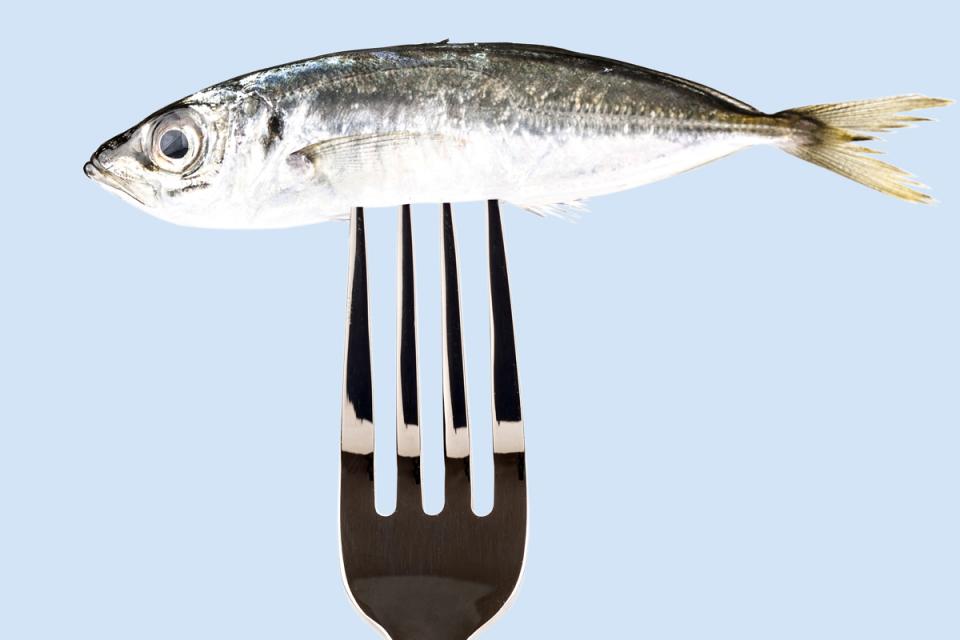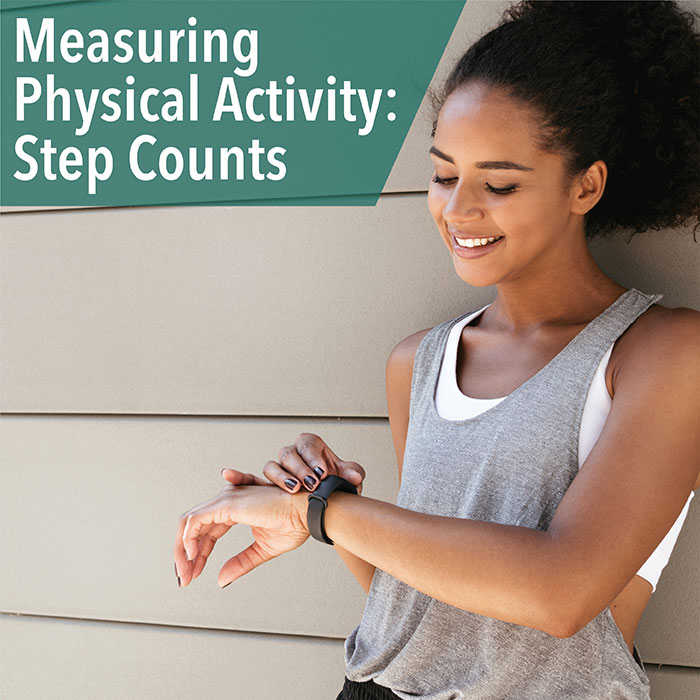What Is the Cause of Muscle Cramps?
by Len Kravitz, PhD and Rogelio Realzola
A discussion of the popular theories on what causes muscle cramps.
 Muscle cramps can stop athletes in their tracks. Although they usually self-extinguish within seconds or minutes, the abrupt, harsh, involuntary muscle contractions can cause mild-to-severe agony and immobility, often accompanied by knotting of the affected muscle (Minetto et al. 2013). And cramps are common; 50%–60% of healthy people suffer muscle cramps during exercise, sleep or pregnancy or after vigorous physical exertion (Giuriato et al. 2018). There is no gender difference with skeletal muscle cramps, but they appear to occur more often in endurance athletes and in the elderly (Naylor & Young 1994).
Muscle cramps can stop athletes in their tracks. Although they usually self-extinguish within seconds or minutes, the abrupt, harsh, involuntary muscle contractions can cause mild-to-severe agony and immobility, often accompanied by knotting of the affected muscle (Minetto et al. 2013). And cramps are common; 50%–60% of healthy people suffer muscle cramps during exercise, sleep or pregnancy or after vigorous physical exertion (Giuriato et al. 2018). There is no gender difference with skeletal muscle cramps, but they appear to occur more often in endurance athletes and in the elderly (Naylor & Young 1994).
During endurance exercise, muscle cramps correlate with the length and intensity of workouts. Fitness pros and clients frequently talk about muscle cramps, but until recently, little has been known about their actual physiology.
Types of Muscle Cramps
Giuriato et al. categorized muscle cramps into three groups:
-
- Nocturnal cramps occur during sleep without any clear trigger.
-
- Pathological cramps are a consequence of having diabetes, nerve dysfunctions or metabolic disorders.
- Exercise-associated muscle cramps occur during or after exertion. The first scientific confirmation of these types of cramps dates to 1908, when they were described in miners working in hot and humid conditions.
Muscle Cramp Risk Factors
With marathon runners, research has found certain risks associated with the occurrence of a muscle cramp (Schwellnus, Derman & Noakes 1997). These risks include a longer history of running, advanced age, higher body mass index, shorter daily stretching time, irregular stretching habits and a family history of cramping. Schwellnus, Derman & Noakes report that the two most important observations from the research are that exercise-associated cramps for marathoners are muscle fatigue (linked to longer runs) and poor stretching habits.
Early Theories About Muscle Cramp Causes

Schwellnus, Derman & Noakes analyzed three early theories on the causes of exercise-associated muscle cramps.
SERUM ELECTROLYTE THEORY
Blood plasma contains electrolytes, such as sodium, potassium, chloride, bicarbonate, calcium and phosphate. Although electrolyte depletion is often blamed for causing cramps, there currently is no solid explanation of how low serum electrolyte concentrations can result in the condition. Schwellnus, Derman & Noakes pointed to two studies that measured serum electrolyte concentrations in endurance runners at prerace, immediate postrace and at 60-minute postexercise recovery. Neither study found a connection between postrace recovery, muscle cramps and changes in serum electrolyte concentrations.
DEHYDRATION THEORY
In the past, studies have suggested treating muscle cramps in workers and firefighters with fluids and electrolytes. But those studies did not measure hydration. More recent studies that have estimated blood volume and plasma volume do not support the theory that dehydration has a direct link to exercise-associated cramps.
ENVIRONMENTAL THEORY
This theory sprang from the condition referred to as “heat cramps.” While exercising in a hot, humid environment may be correlated with the development of muscle cramps, no evidence shows cramps are linked to an increase in core body temperature.
Current Theory on Muscle Cramps
The newest concept of muscle cramps is a neuromuscular theory (Giuriato et al. 2018). This theory has evolved to point to two origins: a central (spinal column) and a peripheral (neuromuscular junction).
The central or spinal origin theory suggests that the involuntary contraction of a muscle occurs when nerve messages to the spinal column are altered, perhaps due to muscle fatigue (see “The Neuromuscular Theory of Skeletal Muscle Cramps,” below). This results in an imbalance of excitatory (from muscle spindles) and inhibitory (from Golgi tendon organs) spinal messages to muscles (see “What are Muscle Spindles and Golgi Tendon Organs?,” below). This neural signaling imbalance leads to enhanced muscle cell excitability and cramping.
With the peripheral origin theory, scientists suggest there is abnormal excitation of the motor nerves terminal branches to the muscle, causing cramping.
The scientific evidence of a neuromuscular theory is mounting. The research appears to show that, in some cases, fatigued muscle can’t fully relax. This condition leads to an imbalance between excitatory signals and inhibitory messages to the muscle. So the most recent research appears to support the central origin theory of the muscle cramp (Giuriato et al. 2018; Scwellnus, Derman & Noakes 1997).
For information on the neuromuscular theory of skeletal muscle cramps; muscle spindles and Golgi tendon organs and muscle cramp prevention, see “Ouch! What Causes Muscle Cramps” from the October 2019 print edition of Fitness Journal. If you cannot access the full article and would like to, please contact the IDEA Inspired Service Team at 800-999-4332, ext. 7.


 Protein powders, especially the whey variety, have long been glorified in fitness circles for their muscle-building benefits. “Pump some iron and chug back a protein shake” is a preferred muscle-making formula. But research published in the journal Nature Metabolism, led by scientists from the University of Sydney, suggests that while the essential branched-chain amino acids (BCAAs) leucine, isoleucine and valine—found in high amounts in certain protein powders—can indeed help muscles recover and grow in response to training, excessive consumption of BCAAs may have unwanted side effects if taken at the expense of other amino acids from additional protein sources.
Protein powders, especially the whey variety, have long been glorified in fitness circles for their muscle-building benefits. “Pump some iron and chug back a protein shake” is a preferred muscle-making formula. But research published in the journal Nature Metabolism, led by scientists from the University of Sydney, suggests that while the essential branched-chain amino acids (BCAAs) leucine, isoleucine and valine—found in high amounts in certain protein powders—can indeed help muscles recover and grow in response to training, excessive consumption of BCAAs may have unwanted side effects if taken at the expense of other amino acids from additional protein sources.


 Every day, more women are moving from the cardio room to the weight room. It’s a welcome transition; getting stronger can transform their self-esteem, confidence and self-efficacy.
Every day, more women are moving from the cardio room to the weight room. It’s a welcome transition; getting stronger can transform their self-esteem, confidence and self-efficacy.













